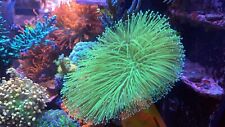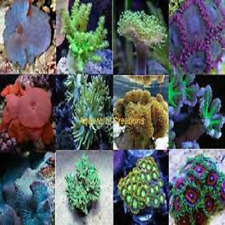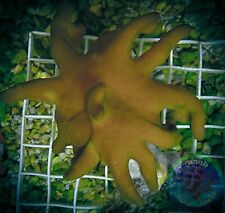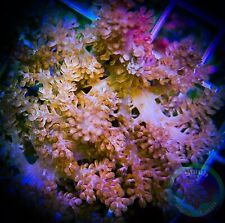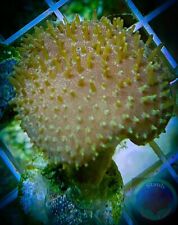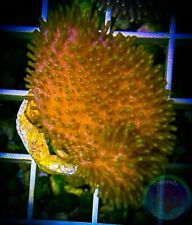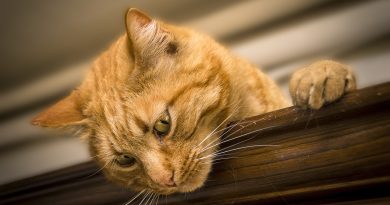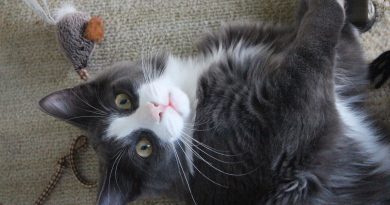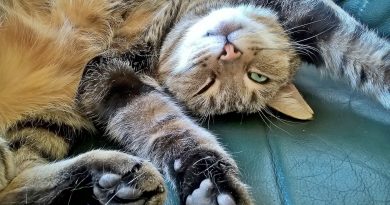Cats Sacrifice Efficiency for Smooth Moves
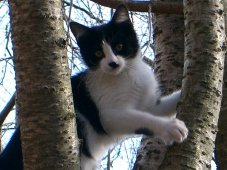
It turns out that scientists also enjoy cat gazing. Recently, researchers from Duke University’s evolutionary anthropology program observed and measured the gaits of six felines. They determined that cats evolved to move differently than the other mammals we most commonly observe, namely humans and dogs.
"It is usually assumed that efficiency is what matters in evolution," says Daniel Schmitt, Ph.D., a Duke associate professor of evolutionary anthropology. "We’ve found that’s too simple a way of looking at evolution, because there are some animals that need to operate at high-energy cost and low efficiency."
Below, Dr. Schmitt explains how these findings apply to your cat.
Survival of the Fittest
Animals that need to travel long distances in order to find safety or food move in energy-saving ways. Humans, dogs, large birds and horses use gravity to their advantage when they walk and run. "Our centers of mass rise and fall when we walk," explains Dr. Schmitt. "When we do that, humans and other animals minimize energetic costs. It’s an evolutionary miracle in my view."
The movement of our furry feline friends is a different sort of miracle. Dr. Schmitt and his team of researchers found that when cats slink close to the ground, they walk in a way that the movements of their front and back ends cancel each other out – a good core workout to be sure but not the way to use gravity to one’s advantage or to conserve energy.
"The total movement of their bodies is even, and they flow along," describes Dr. Schmitt. "If they’re creeping, they put each foot down in an even fashion. We think it has to do with stability and caution."
It also has to do with putting food on the metaphorical table. "Cats need to creep up on their prey," says Dr. Schmitt. "Most scientists think that energetic efficiency is the currency of natural selection. But here we’ve shown that some animals make compromises when they have to choose between competing demands."
What This Means for Your Cat
Your feline shares the same basic movements with wild cats, even though it may just stalk a toy mouse instead of big game. The stealthy, energy-inefficient way it moves when on the prowl causes it to expend many calories. That, in turn, means it needs to consume many calories.
The current obesity problem among domestic cats may, in part, result from the fact that such house kitties no longer inhabit the environment in which they evolved – an environment of daily, high-intensity workouts. A two-cat household – or one with enough cat trees and toys to keep your furry friend in motion for part of its day – can help keep your pet in fine shape.
Walk This Way
Because a cat’s gait is theoretically important to its survival, an impaired gait is always a sign of a problem. If you notice Fluffy looking unsteady or walking without his usual fluidity, make an appointment with your veterinarian. All of these symptoms are typical signs of middle-ear disorders, like ear infections or punctured eardrums.
As for Rita, she seems to take her gracefulness for granted. "Sometimes when I’m watching her, I swear she looks at me like I’m crazy," Elson says. "I guess my walk isn’t as fascinating to her – unless I’m moving toward her with treats!"

